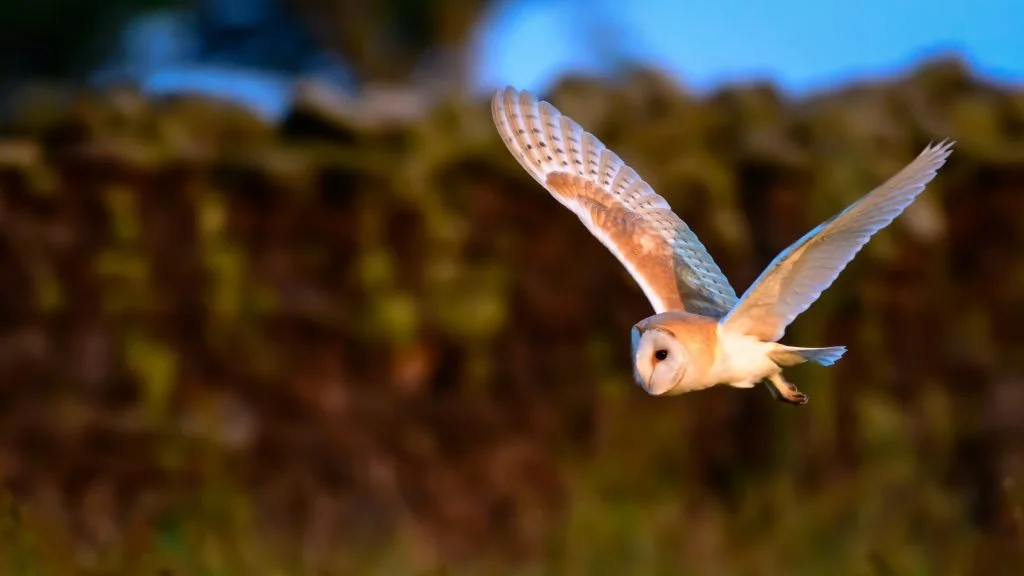Californian vineyards are using owls to protect vines instead of chemicals
New Zealand has embraced the concept of sustainability on many levels and in many ways. When it comes to viticulture and vineyard management sustainability practices are well established with the formal and necessary certification for all commercial wineries required from 2007.
Other practices include cover crops to control pests while adding important nutrients to the soil and in some cases, native birds are encouraged into areas to scare away or eat, other birds that might overwise eat ripe grapes around harvest time.
It would be nice to discover an animal in Aotearoa that loves to eat rabbits and won’t destroy or alter the balance of nature in the process. In Napa Valley USA, barn owls are being used as natural pest control.
CD
______________________________________________________________________________________
The article below was published in the Drinks Business online version on October 18th, 2021.
Napa Valley vintners have started using nesting barn owls for pest control in an effort to move away from toxic pesticides while making wine. Barn owls are being welcomed onto vineyards across California, according the Good News Network, which revealed that scientists hand already begun studying the impact of the strategy and has the results have been “encouraging”.
According to the nonprofit Napa Green, a trend toward chemical-free farming statewide is reflected in the threefold increase of organic winegrape acreage since 2005, with the number of organic acres doubling in just the last decade.
One of the world’s most efficient pest controllers is the barn owl, which is found on six of our seven continents and is capable of eating 3,400 rodents each year.
Matt Johnson, a wildlife professor at Humboldt State, who has studied pest control in vineyards revealed that one of his surveys found that out of 75 California wine makers, four-fifths of them purposely invite owls onto their property by constructing nest boxes.
“We’re working mainly in Napa Valley, where there are over 300 barn owl nest boxes,” said Johnson.
John C. Robinson, a local ornithologist, told Bay Nature Magazine: “You can literally put a barn owl nest box in the exact location where you think you have a problem with the small mammals, and voilà! The owls will start using that area.”
Johnson and his graduate students have reportedly found that barn owls like their boxes to sit around 9 feet off the ground, face away from the sun, adjacent to an unkempt field, and preferably far from forested acres.
The scientists are now encouraging other winemakers to consider the move observing that using barn owls could be much better than using pesticides, or trapping reminding that not only is it a helpful way to let the species thrive, but also, using owls is a much less expensive form of pest control.
The above article was written by Jessica Mason on October 18th 2021.

